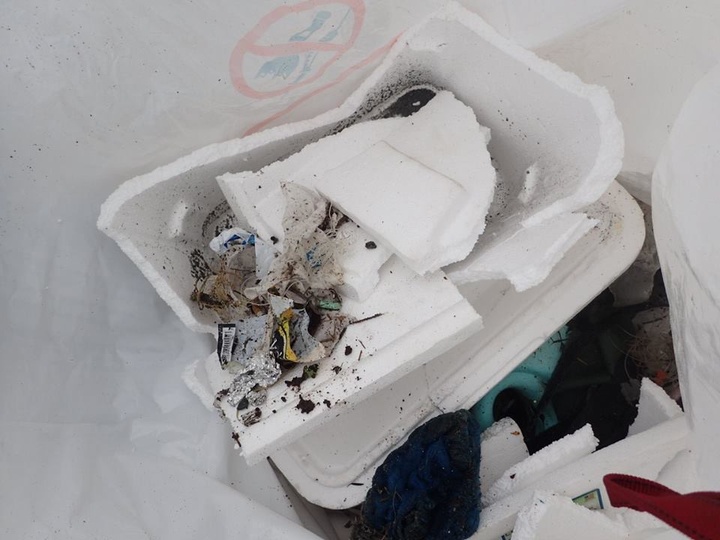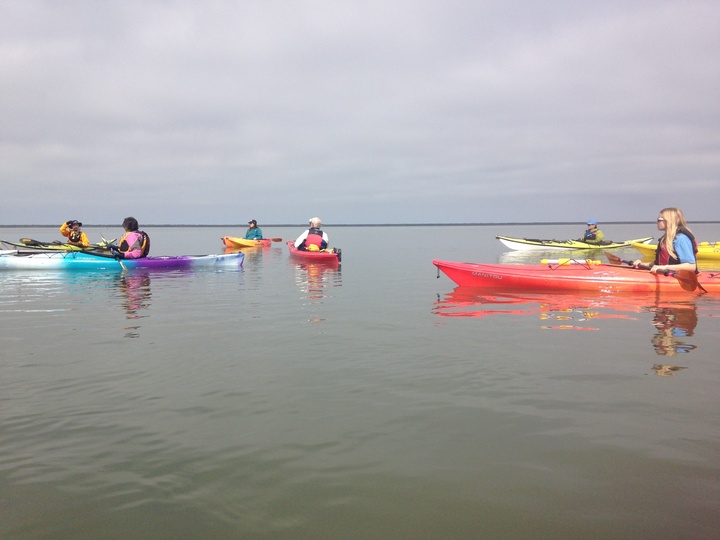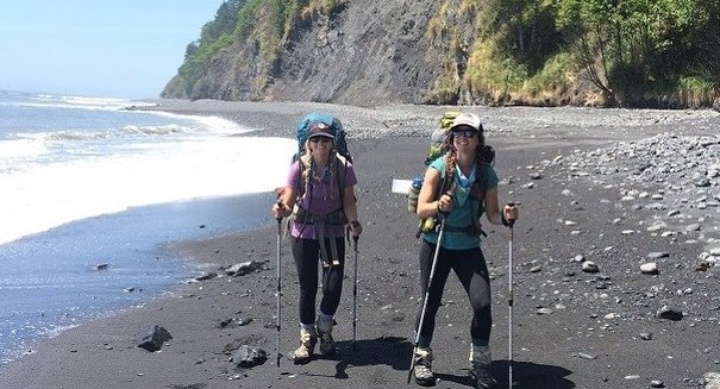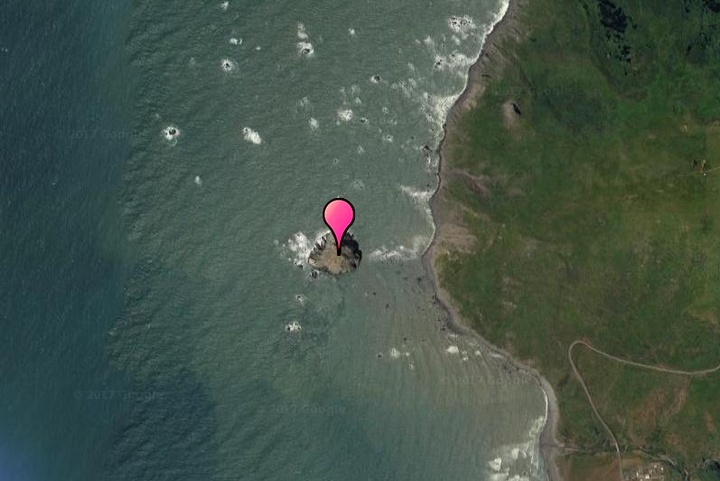Spoiler
alert: It’s a whale carcass
A mysterious 50-foot creature washed up on an Indonesian beach last week, and unfortunately it’s not the Loch Ness monster. According to scientists, the monstrous creature is a whale, most likely a baleen whale, in an advanced stage of decomposition. The whale was likely swiped by a ship or had a bacterial infection which produced large amounts of gases and caused it to inflate like a balloon rather than sink to the bottom of the ocean. Now that it has been identified, the bigger question is what to do with it. Locals have asked the government for help removing the carcass.
Speaking of things washing a-shore… This island is a trash magnet.
We’ve all heard of gyres, floating accumulations of trash in the ocean created by a system of rotating currents. But did you know there is an actual land-island completely inundated by garbage? Meet Henderson Island, a tiny tropical island in the South Pacific that sits right in the middle of the South Pacific Gyre. Henderson Island was named a Unesco World Heritage site in 1988 for it’s rare ecology and being practically untouched by humans. A recent study by Dr. Jennifer Lavers from the University of Tasmania, reveals just how far the reaches of humans goes, with estimates of 17.6 tons of plastic debris on the island and about 3,500 new pieces being deposited every day.
Not a fan of garbage islands? … Check out 5 Gyres for ways to reduce your plastic footprint, like pledging to go #foamfree

Photo: Delia Bense-Kang.
The 5 Gyre Institute is a non-profit organization with mission to eliminate plastic from the world’s oceans, and empower action against the global health crisis of plastic pollution through science, art, education, and adventure. They have all the information you could desire about the effects and solutions to things like microbeads, cigarette butts, plastic bottles, plastic straws, even plastic fashion.
Recently, they launched a #foamfree campaign to help combat pesky polystyrene. Expanded polystyrene foam—aka “Styrofoam”—is basically polystyrene that’s expanded with air. Fragmented pieces of styrofoam are the second most common plastic found on California beaches! Furthermore, polystyrene is plastic made from styrene, which was found “reasonably anticipated to be a human carcinogen” by the National Toxicology Program in 2011 and listed as a carcinogen under California’s Proposition 65 in 2016. Pledge to go #foamfree HERE
While we’re on the topic of things floating on the water…. here’s how you can float around Humboldt Bay for free this Saturday in celebration of National Safe Boating Day!

Photo: Delia Bense-Kang.
“Join us for a fun day with boating activities, safety tips and more at the Humboldt Bay Aquatic Center as we promote the wearing life jackets and being safe on the water. Free life jackets from infant size to various adult sizes will be given out to individuals along with a safety talk. Afterwards, they will have the opportunity to wear their life jackets and paddle on Humboldt Bay in sit-on-top kayaks. National Safe Boating Day, is a campaign to promote safe and responsible boating and the value of voluntary, consistent life jacket wear by recreational boaters. Wearing a life jacket is the simplest life-saving strategy for safe recreational boating.” -Humboldt Bay Aquatic Center
Going for a paddle might get you amped for more coastal adventures… Check out MoJo Coastwalk for some inspiration!

Photo: MoJo Coastwalk.
A year ago, two rad ladies, Morgan Visalia (Mo) and Jocelyn Enevoldsen (Jo), hiked the entire 1,200 mile length of the California to raise awareness for the California Coastal Trail (CCT). The dynamic duo cruised through Humboldt right around this time last year. Re-live their expedition by following their daily throwback posts on Facebook and Instagram! MoJo hope their expedition will continue to re-spark interest in completing the CCT; improving beach access, coastal stewardship and an overall appreciation for our dynamic coast.
Speaking of touring the coast… You can explore California’s North Coast from the comfort of your computer.

Image: Google Maps.
Check out this super cool Google North Coast MPA Tour. The tour features detailed descriptions of each of the state marine protected areas, special closures, National Marine Sanctuaries and National Estuaries, with photos and videos, and links to local “things to do.”
Here’s a sneak peak of Sugarloaf Island Special Closure:
Sugerloaf Island Special Closure protects the rocky shoreline and waters around a small island that sits just offshore at Cape Mendocino, the westernmost place in the lower 48 states. This particular Special Closure protects an important Steller sea lion breeding and haul-out site from vessel disturbances. This small island also supports eight species of breeding seabirds, including the tufted puffin.
###
Delia Bense-Kang serves as the Northcoast Environmental Center’s Marine Protected Area Outreach Coordinator and chairs Surfrider Foundation’s Humboldt Chapter.
CLICK TO MANAGE